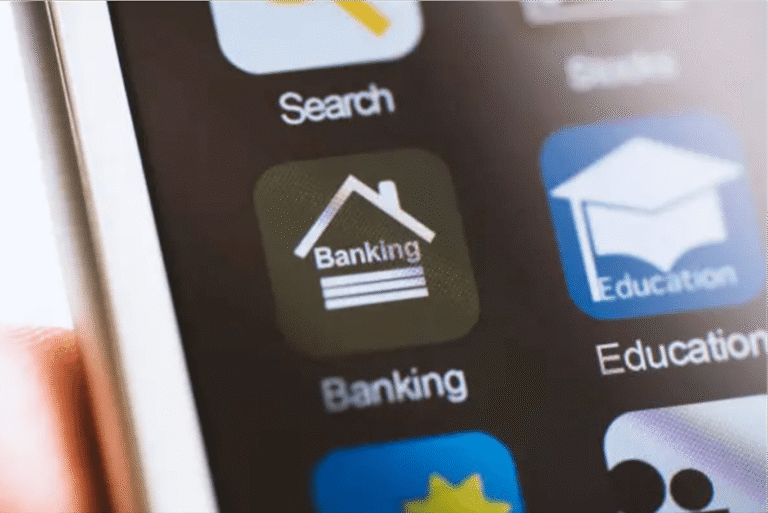
Remote and hybrid work models are not halting their path to expansion anytime soon. Hence, it has become evident for HR leaders to craft a structured plan for how to monitor employees working from home, warranting value productivity without hampering the workflow dynamics.
The challenges here are responsible tracking of work activity, ensuring trust, transparency, and compliance. This comprehensive 10-step playbook will guide HR professionals with a precise, scalable framework to incorporate employee monitoring tools that stimulate productivity without compromising employee morale, ethical standards, and other legalities.
Step 1: Align stakeholders on purpose and objectives
Before implementing any new monitoring system, it is essential to guarantee alignment among the business stakeholders, including IT, legal, compliance, leadership, and employee representatives. The main objective should stay away from surveillance intentions and prioritize support and visibility. Questions to ask include:
- What are our primary goals? Compliance? Engagement? Resource allocation? Performance tracking?
- How and who will analyze the data recorded?
- What actions will arise from the insights?
During this phase, stakeholder buy-in is vital. Consensus on monitoring scope and purpose is essential to avoid application resistance or any possible legal risks.
Step 2: Pick tools that prioritize productivity and privacy
One of the foundations to set for monitoring success is choosing the right kind of software solution. Most modern monitoring tools can now balance performance monitoring with employee autonomy. So, look for tools offering:
- Consistent compliance with applicable data laws like CCPA, GDPR, etc.
- Real-time productivity insights, including app usage, active vs. idle time, etc.
- Seamless integrations with HR and project management platforms
- Privacy controls with tailorable permissions and anonymized reporting
Some of the leading software also offers ethical monitoring attributes, like non-invasive tracking, automated reports, and role-based access, empowering supervisors without resulting in over-surveillance. Anyhow, ensure to avoid tools that may include underlying invasive characteristics like keystroke logging or webcam access unless legally permitted, as these might cause employee pushback.
Step 3: Pilot with a cross-functional team
Before actual scaling, conduct a pilot test with a small batch of diverse teams from varied roles and departments. Doing so allows for obtaining meaningful feedback and early troubleshooting. During the pilot testing, do examine:
- Impact on morale and workflows
- Practicality and accuracy of the dashboard and reports
- Clarity on data interpretation
Collect both quantitative (productivity change) and qualitative data (feedback sessions). If the tool causes workflow disruptions or appears punitive, alter settings or consider alternative options.
Step 4: Design transparent communication templates
An effective shift in management starts with open communication. As per Harvard Business Review, there’s a three times higher likelihood of employees supporting monitoring programs when their purpose and usage are relayed. Effective information delivery covers:
- Why is the monitoring implemented? For support? Performance optimization? Compliance?
- What data will be recorded, and when?
- How will that collected data be used? For coaching and development?
- Who will have access to the data?
These communication templates can also be supplemented with shorter explainer videos, FAQs, and Q&A sessions (optional).
Step 5: Create a fair opt-out and appeal process
Not every employee or role demands an equal level of monitoring. Few roles may cause privacy concerns, especially involving creative autonomy or confidential client data. So, to avoid confusion, HR should define:
- Valid grounds to opt out of monitoring, like role irrelevance, mental health, or regulatory limitations.
- How opt-out requests will be assessed, approved, or denied.
- Alternative accountability frameworks, including daily check-ins, self-reporting, etc.
Establishing a formal and fair opt-out protocol creates a path to address ethical concerns and comply with legal jurisdictions subject to robust employee rights laws.
Step 6: Train managers on ethical and effective use
Managers have a big hand in how monitoring tools are perceived and implemented. So, it is wise to provide initial training on how to monitor employees working from home:
- Contextual data interpretation
- Focus on outcomes, not micromanagement
- Recognize early signs of burnout or disengagement
- Use data for unbiased feedback and growth
Monitoring is supposed to improve team support and unity. So, when leaders exhibit responsible usage, team morale is bound to enhance.
Step 7: Establish a continuous review cycle
Digital tools and remote work models transform rapidly, making current policies ineffective. Establishing quarterly or half-yearly review cycles will help examine:
- Tool performance, like does it matches the productivity goals?
- Legal updates on compliance standards or new regional laws
- Employee sentiment via check-ins, surveys, or attrition rates
Using a centralized dashboard and an anonymized trend report will help measure its impact and revise policies accordingly. This step enforces accountability subject to ethical standards, guaranteeing that monitoring is used as a performance enhancer, not a policing tool.
Step 8: Integrate monitoring with performance management
Integrating monitoring insights with broader HR strategies will help maximize value, such as:
- Development plans (determine those requiring clearer workflows or support)
- Employee recognition (highlight high performers)
- Performance reviews (project completion data or objective time-on-task)
Irrespective of the metric’s value, it should not be tied to penalties, but rather to obtaining information. This integrated approach is supportive of using monitoring tools, complementing constructive feedback, and growth.
Step 9: Safeguard data privacy and cybersecurity
Privacy and security go hand-in-hand. Monitoring solutions should be introduced only with strong protection in force. Core practices include:
- Full compliance with essential privacy guidelines like HIPAA, GDPR, or PIPEDA
- End-to-end encryption of every data recorded
- Limited access controls
- Audits and log trails to monitor if data is accessed
Regular vendor risk assessments and security audits are critical to warrant continuous data protection and compliance.
Step 10: Build a work culture of trust, autonomy, and recognition
At last, remember that how to monitor employees working from home isn’t just a strategic decision, but culturally relevant. Monitoring is a tool that should be used to empower. Therefore, to sustain a healthy work culture:
- Encourage self-assessed goal setting and management
- Prioritize autonomy and flexible work settings
- Recognize outcomes over inputs
- Reward remote accomplishments and milestones collectively
When employees feel supported and appreciated, they are likely to engage more, communicate openly, and remain loyal.
Final thoughts
In short, monitoring at the workplace is not an option at this point; it is a vital tool to measure performance, security, and compliance. Its implementation process is what makes all the difference in the outcomes. Through this 10-step playbook, HR leaders can redesign their workflow to be transparent, respectful, and data-based, moving towards an employee-centric approach.




